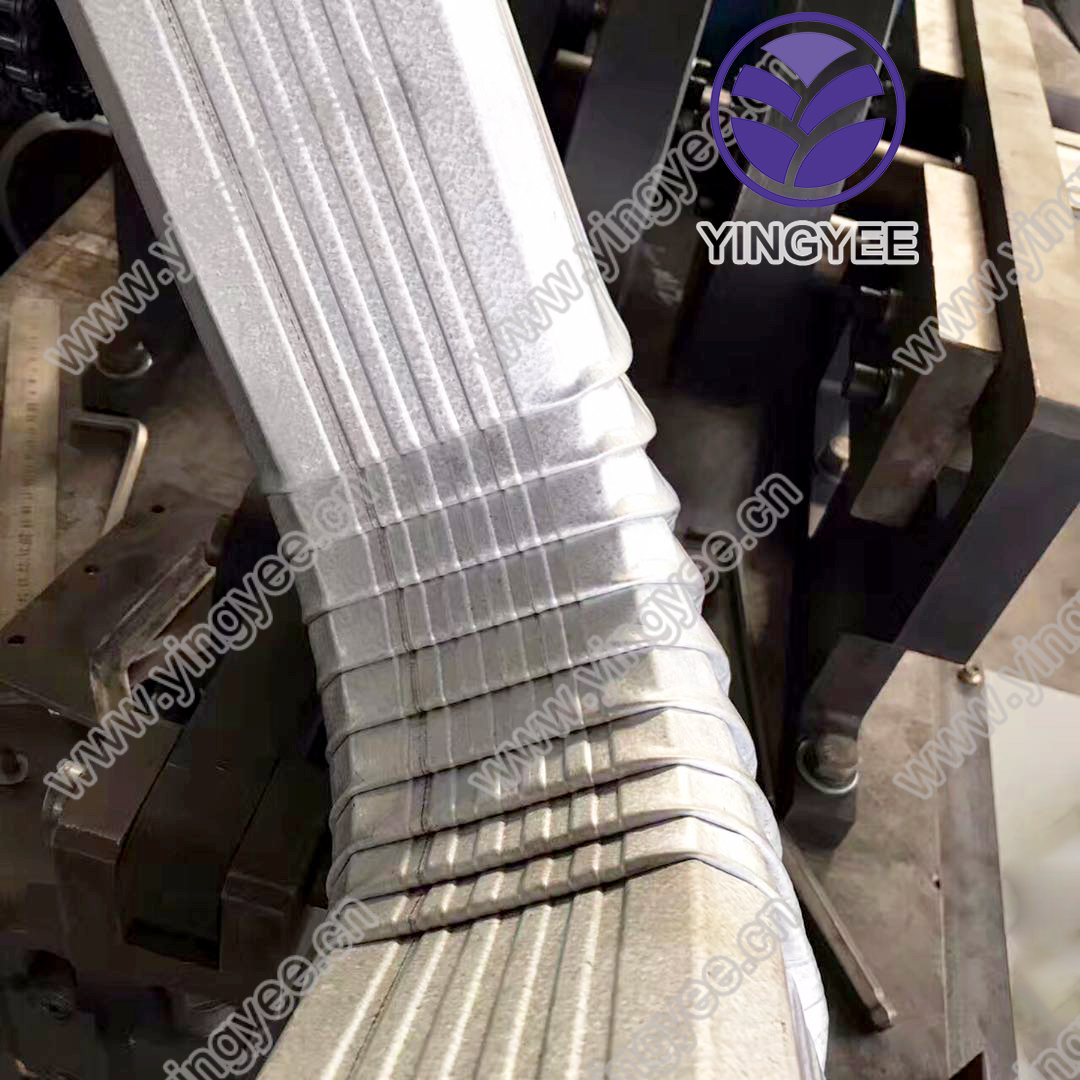
Understanding IBR Profiles for Double Layer Roofing Forming Machines
In the modern construction landscape, efficiency and versatility are paramount. One of the innovations that has significantly influenced the industry is the introduction of Double Layer Roofing Forming Machines, particularly those designed for producing IBR (Inverted Box Rib) profiles. These machines are not just a technological advancement; they represent a driving force behind improved roofing solutions that meet the varied demands of construction projects.
What is IBR Profile?
IBR profiles are widely recognized in the roofing sector for their distinctive ribbed design, which offers strength and durability while facilitating efficient drainage of rainwater. The unique shape of IBR sheets not only enhances the aesthetic appeal of buildings but also increases their resilience against harsh weather conditions. This makes IBR profiles an excellent choice for a variety of applications, including residential buildings, commercial structures, warehouses, and agricultural facilities.
The Functionality of Double Layer Roofing Forming Machines
Double Layer Roofing Forming Machines are ingeniously designed to produce two different profiles in a single run. This capacity is particularly advantageous for roofing manufacturers, as it allows for greater production flexibility and efficiency. Instead of setting up two separate machines for different profiles, the double layer machines streamline the process, cutting down production time and operational costs.
These machines can typically produce both IBR and other popular profiles such as corrugated sheets or flat sheets, enabling manufacturers to cater to a wider market with varying architectural needs. The ability to switch between profiles quickly without extensive reconfiguration saves valuable time and resources, which is critical in today’s fast-paced construction environments.
Key Features of IBR Profiles Forming Machines
1. High Precision and Efficiency Advanced technology embedded in double layer roofing forming machines ensures precise cutting and forming of IBR sheets. This high level of accuracy not only minimizes material waste but also guarantees that the final products meet the stringent quality standards demanded by the industry.

2. Robust Construction These machines are built to withstand rigorous operational demands, featuring components made from high-quality materials that ensure longevity and reliability. This durability is essential for continuous production cycles and helps prevent costly downtimes.
3. User-Friendly Interface Modern machines come equipped with intuitive interfaces that allow operators to easily navigate settings and parameters. This is crucial for minimizing training time and ensuring that the machines can be operated efficiently by personnel with varying levels of expertise.
4. Energy Efficiency Many contemporary double layer roofing forming machines are designed to be energy-efficient, reducing operational costs and environmental impact. This consideration is increasingly important in industries striving for sustainability.
The Market Demand for IBR Roof Profiles
With the rising emphasis on cost-effective construction and sustainable building materials, the demand for IBR roofing solutions continues to grow. The ability to produce high-quality roofing profiles using double layer forming machines meets the needs of contractors and builders aiming for both aesthetic appeal and functionality.
Additionally, as urbanization and infrastructure development accelerate worldwide, the scope for IBR profiles expands beyond traditional applications. They are being incorporated into modern architectural designs, which further propels the need for innovative manufacturing solutions in the roofing sector.
Conclusion
The evolution of IBR profiles and the introduction of double layer roofing forming machines signify a notable advancement in roofing technology. As manufacturers adopt these machines, they not only enhance their production capabilities but also contribute to the overall growth and efficiency of the construction industry. With ongoing developments, we can expect to see even more innovations in roofing solutions that cater to the ever-changing demands of consumers and the environment.